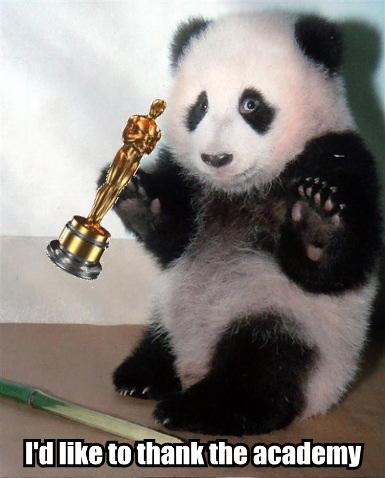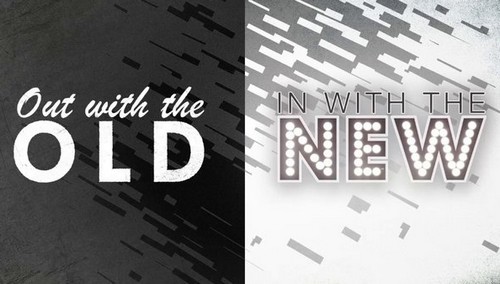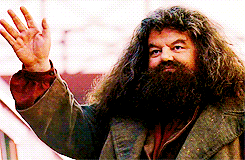Greetings Bloggers, Readers, One and All, and Welcome to My Blog: Are Concussions Sexist? Gender Based Differences in Sports-Related Head Trauma!
My name is Kiri Carlson, and I am so excited to have you join me on the senior project adventure. In the third trimester of senior year at BASIS Scottsdale, we say goodbye to the 6 AM mornings, the cramped high school hallways, and the air-conditioned classrooms (even in the winter!). Now for the next 10 weeks before graduation, instead of staying at home in my PJ’s and watching Netflix all day, I have opted to take part in the Basis Scottsdale Senior Project, an independent research opportunity for students to explore and research their current interests.
A big thanks to Dr. Hara and Dr. Zwart, our intermediaries with Mayo Clinic, who helped introduce me to my on-site mentor Dr. Catherine Chong, Assistant Professor of Neurology and research faculty member in The Neuroimaging of Headache Disorders Laboratory. Also, a 3rd period College Counseling round of applause for my wonderful guidance counselor, Ms. Mitrovich, as well as my fantastic Faculty Advisor, Ms. Wilson. We still have 3 more months to go, but I'm grateful for all they've done for me thus far.
For my research, I will be determining whether concussions discriminate based on gender, speaking in terms of visual differences and the methods of treatment. When hearing the word ‘sexism’, it usually elicits a negative connotation, but with my project, I hope to use these differences to substantiate the need for more personalized treatments of concussions. For a more detailed description of my project, check out my Senior Project Proposal. Sidenote: In my 18 years of living, I’ve never (knock on wood) had the misfortune of receiving a concussion (but I have been hit in the face with a volleyball if that counts for anything).
During my time at Mayo, Dr. Chong will begin conducting a one-day research study between a control group of healthy patients and those who have sustained an acute concussion. Only patients with post-concussions of less than two weeks will be included in this study. Participants will fill out a questionnaire then have their brains scanned. As for me, I will have the great privilege of getting to observe during the evaluation and testing of the 18-55 years old patients.
| Above: Mayo Clinic's Phoenix Campus |
But of course, all work and no play makes Kiri a dull girl, so I’ll be sure to find time for even more fun. This may include: catching up on the newest season of Sherlock, hanging out with friends, and/or telling myself I’ll get more sleep when in reality I’ll be browsing social media.







































